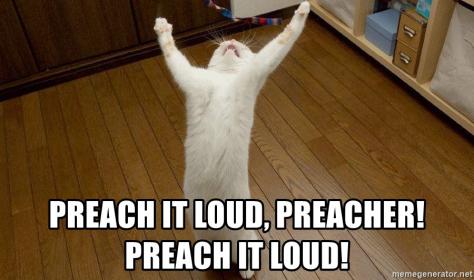Horse was acting ulcery at beginning of January so I started him on a full tube per day of UlcerGard and Equishure. Immediate improvement so decided to do the full month treatment. Ended up keeping him on it through a show at week 6. On week 4, I body clipped him and ulcer symptoms came back the next day. He continued with ulcer symptoms through show weekend so I decided to have him scoped when he came home. After 6 weeks of a full tube a day of UlcerGard, he had bleeding squamous ulcers plus pyloric ulcers. The vet had me add misoprostol and sucralfate.
Re-scoped 4 weeks later… still bleeding, but pyloric showed some improvement. Switched the UlcerGard to Ranitidine. Scoped 4 weeks later, no longer bleeding but still lots there. Added minocycline and probiotics. FDA took ranitidine off the market so went back to UlcerGard.
Scoped again 5 weeks later and the squamous were still not healed, although the pyloric were almost completely gone. Changed from UlcerGard to the injectable omeprazone from BET thinking that its better absorbed. Also did another round of minocycline. Still doing misoprostol and sucralfate. The injectable omeprazone would last about 4-5 days and then ulcer symptoms would come back. Also, the injection sites get VERY swollen, so we decided to go back to UlcerGard.
We’ve scoped 4 times now and the ulcers are still there. He’s currently on a full tube of UlcerGard, probiotcs, sucralfate, misoprostol and RiteTrac. I’ve also tried NeighLox, Ulcereraser, Outlast and probably other things that I’m not remembering right now. We had him allergy tested. He’s had a full work up, chiro and massage work. Feet are good. What am I missing?? Vets next idea is steroids in case there is some sort of inflammation going on.
Horse eats a cup of TC Senior 2x a day (mostly to mix all his meds into), HorseTech High Point vit/min, TriAmino, T&A hay at all times in small hole hay net, T&A cubes for lunch. He is very plump and never goes off his feed. Straight alfalfa makes him too bloated.
He lives in Florida and gets turned out from around 7-11 daily - anything more than that and he wants in. I know some of you are going to say he needs more turn out, but he doesn’t want to be out more than that. Gets ridden 5-6 days a week. Was doing the 1.45-1.50 when I bought him 2 years ago. Jan 2019 had colic surgery and had an uneventful recovery. I’ve been doing him in the AOs but haven’t been able to move up due to colic surgery and now ulcers. Any ideas??


